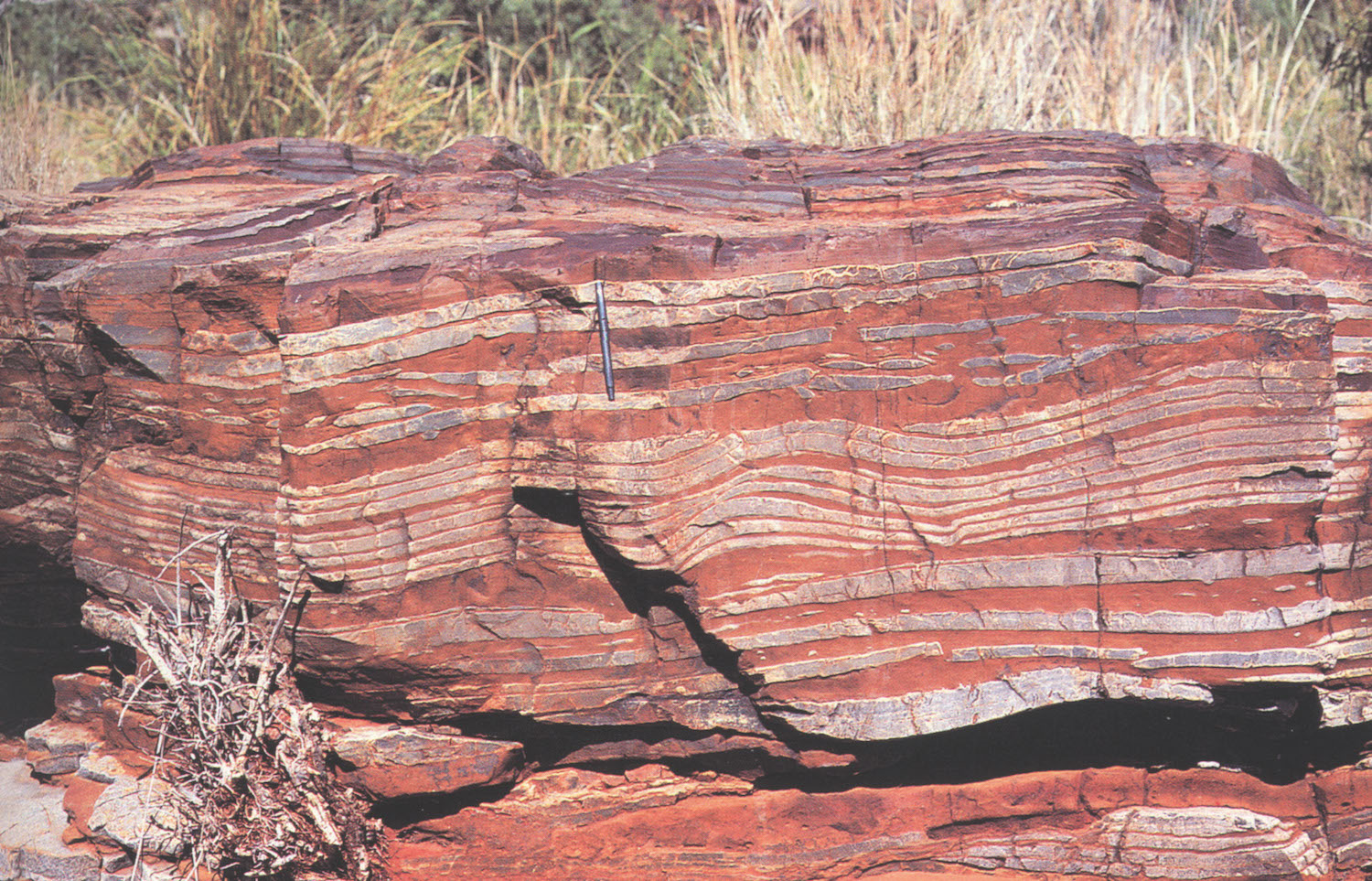In biological systems, iron-sulfur (Fe-S) clusters act as components of electron transfer proteins. These clusters occur in various different forms, including cubanes (4Fe-4S) and diamond (2Fe-2S) structures. All known iron-sulfur clusters yield high-spin electron configurations, meaning that one electron is placed in each of the five d-orbitals of the iron before any pairing occurs. Around two years ago, a team of scientists, including Yale University Professor Patrick Holland, began conducting research on a new type of Fe-S cluster. Their primary objective was to create a cluster with higher reactivity. Holland and his team were surprised to find that they had produced a cluster of low-spin electron configuration. Unlike high-spin configurations, a compound of low-spin electron configuration has its lower energy d-orbitals filled before any are placed on those of higher energy, resulting in a minimal number of unpaired electrons.
The newly discovered clusters are low-spin due to the reduction of their Racah B parameter, which describes the level of electron-electron repulsion in the atoms. The high covalency of the iron-sulfur bonds reduces the Racah B, thus resulting in a lower spin. Clusters yielding low-spin electron configurations are “more reactive and form stronger bonds” than those with high-spin, according to Holland. The structures that his team discovered—three [4Fe-3S] clusters that differ in oxidation state of the iron atoms—all have trigonal planar bond geometry about the central atom. This geometry is due to the presence of diketiminate molecules that bind to a metal. “These molecules crowd the top and bottom of the iron-sulfur clusters, which prevents it from forming more than three bonds to sulfurs,” Holland said. This factor contributes to the increased reactivity, as the new Fe-S clusters can react only with smaller atoms like nitrogen in compounds like hydrazine (N2H4). In previous studies, Holland explained, scientists could have overlooked low-spin iron-sulfur clusters because it was not thought that they could even exist.
The presence of an unsaturated three-coordinate iron site in all three clusters inspired Holland and his team to explore how they react with nitrogenase-relevant molecules. An unsaturated iron site is simply one that makes less than the maximum number of bonds it can. One of the clusters reacted quickly with hydrazine, showing that the Fe2+-based cluster is able to cleave nitrogen-nitrogen bonds. Furthermore, this was the first time the researchers saw a hydrazine-derived NH2 group on an iron-sulfur compound.
Similar reactivity is seen in FeMoco, which is the primary cofactor (a compound necessary for enzyme catalysis) of nitrogenase—an enzyme responsible for the reduction of nitrogen gas (N2) into ammonia (NH3). FeMoco facilitates this conversion. The scientists observed other similarities between their iron-sulfur clusters and the FeMoco as well. For example, the clusters had short Fe-S bond distances to the central iron that resembled the belt iron sites in the FeMoco. In addition, a planar arrangement like this has been previously proposed as an intermediate state of FeMoco. Therefore, these new compounds may be able to teach us about natural nitrogen reactions in the future.
Holland’s team began conducting research with the objective of crafting more reactive iron-sulfur clusters, anticipating that their results would have a high-spin electron configuration analogous to those of already known Fe-S compounds. Thus, the discovery of low-spin electron configuration in the more reactive structures came as a surprise to them, and prompted consideration as to whether or not relevant Fe-S clusters had been overlooked in the past. The low-spin configuration occurred as a result of highly covalent bonds, and diketiminate ligands contributed to the increase in reactivity. The scientists also noted the parallels between their synthetic compounds and FeMoco, the natural cofactor of nitrogenase. Overall, their work promises potential future identification and utilization of biologically relevant three-coordinate iron-sulfur compounds.

